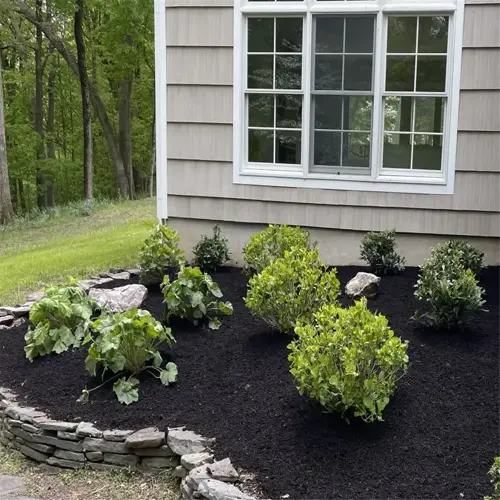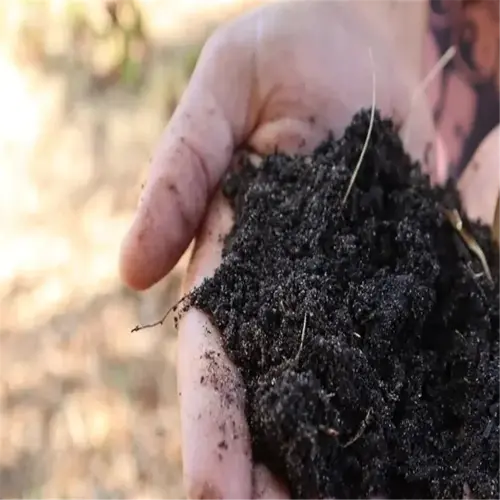How to layout a pollinator garden?

Written by
Tina Carter
Reviewed by
Prof. Martin Thorne, Ph.D.Native plants for pollinators will perform best when organized purposefully. Plant tall species like Joe Pye weed or sunflowers on the north or west side to prevent them from shading other species that are shorter. The border should feature ground-dwelling plants like creeping thyme or stonecrop instead of short flowers to allow for foraging. A client's sloped 15x20-foot garden experienced an increase of more than 60% in butterflies when using these organized layers.
Structural Layering
- Back: 4-6' plants (ironweed, cup plant)
- Mid: 2-3' coneflowers and bee balm
- Front: <1' sedum or wild strawberry
Seasonal Sequencing
- Spring: Virginia bluebells, wild columbine
- Summer: milkweed, black-eyed Susan
- Fall: New England aster, goldenrod
Leave 10 to 15% bare soil between milkweed clusters for mining bees. I mark these areas with small river rocks to minimize unintentional disturbance. A client included flagstone stepping stones throughout her pollinator strip; the activity for ground-nesting bees tripled in one season.
Fizzing early bloomers such as spring beauty throughout with late-season asters to ensure continuous food available for your pollinators. Cluster three plants of each species together, as bees generally prefer a mass of blossoms as targets. One gardener uses colored stakes to mark the bloom time each year, adjusting plants to maximize overlap.
Decaying logs located in proximity to buttonbush shrub plants provide winter lodging for bumblebee queens during dormancy. Instead of using pesticides, plant mint as a natural aphid repellent. Two Maryland residents removed all lawn chemicals and hosted 28 new bee species in a newly designed garden in 18 months.
Read the full article: Top Native Pollinator Plants for a Healthy Ecosystem

